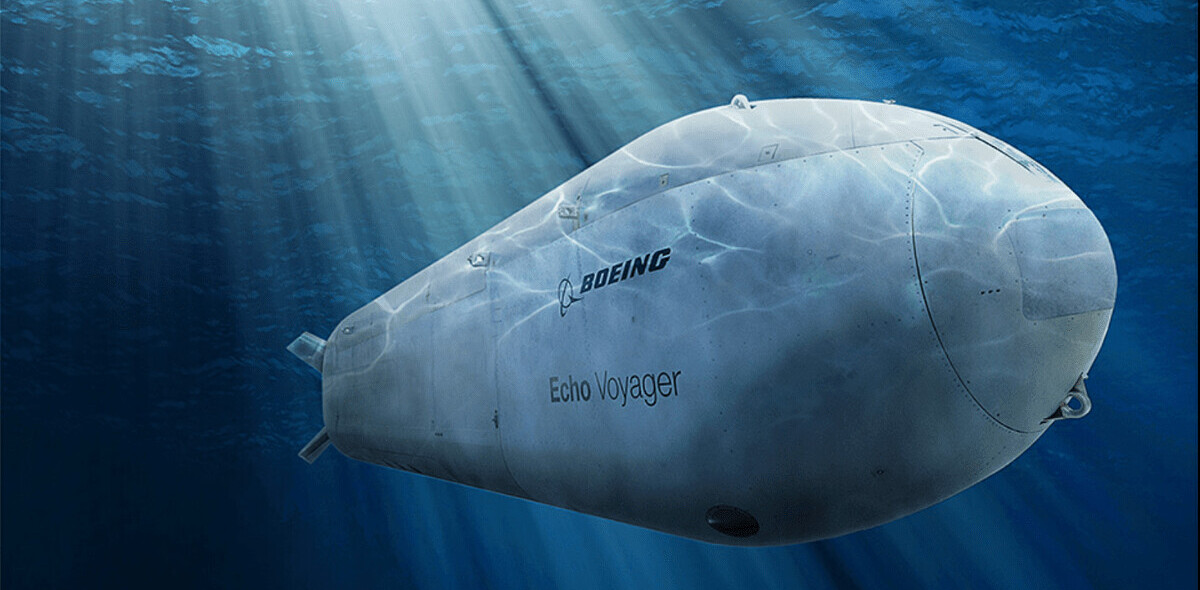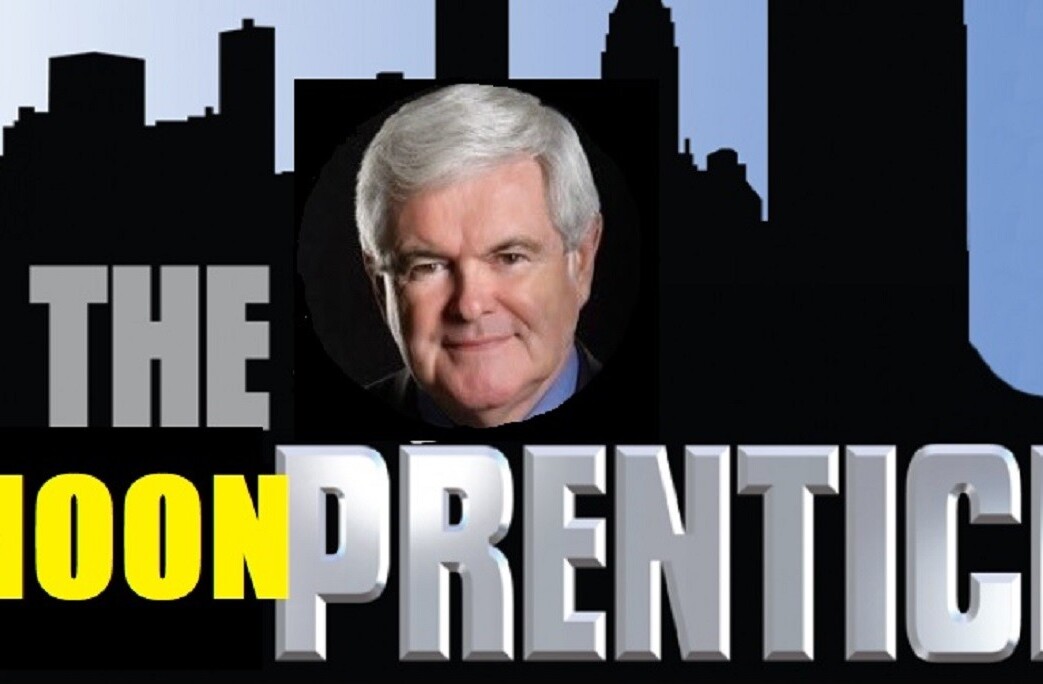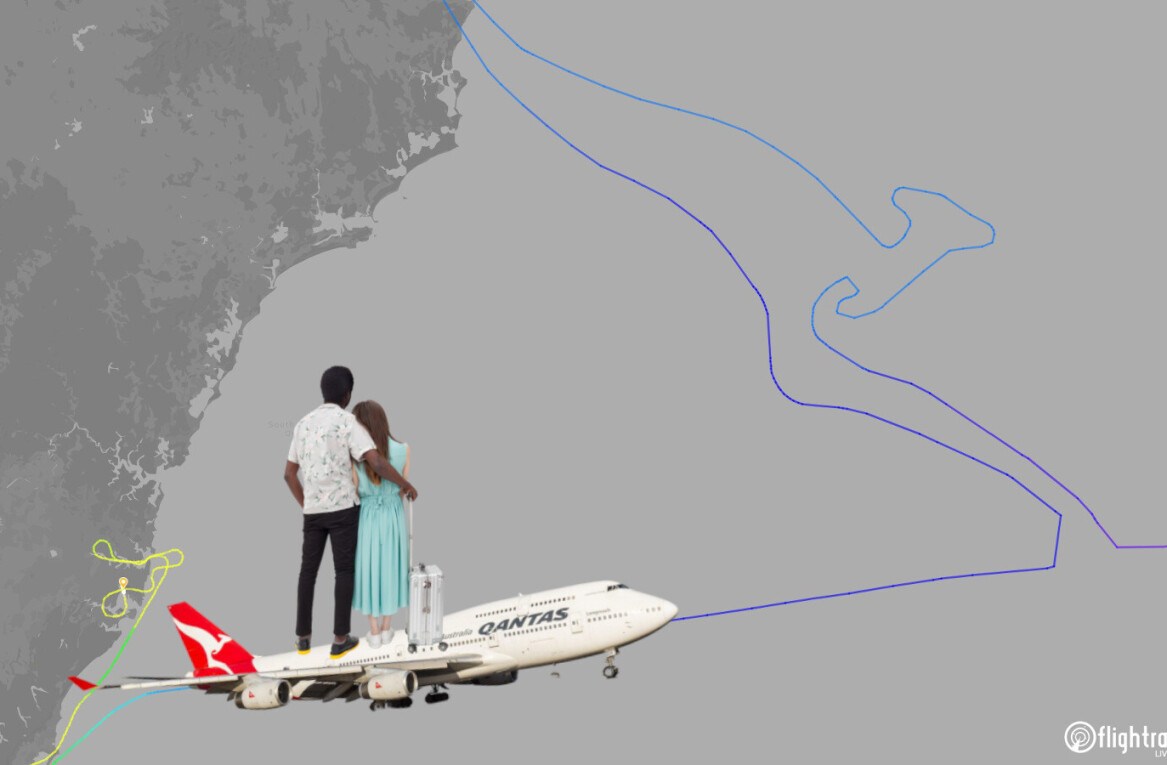
Ugh, the Gregorian calendar is so boring. That’s why we’re disrupting monthly series with a lunar cycle-based series about the best patents of the last synodic month, picked by the PatentYogi team. Get ready when that moon gets gibbous, y’all. This August-ish roundup lands on the gorgeous Sturgeon Moon!
Since my last post, the US patent office issued over 28,451 patents and published over 38,209 patent applications. Each patent asset adds a little something new to the human knowledge base. As I cannot list all these patent assets here, the PatentYogi team and I have selected the five most interesting patent assets. Enjoy!
1. Ford’s self-repairing windshield (20190224949)
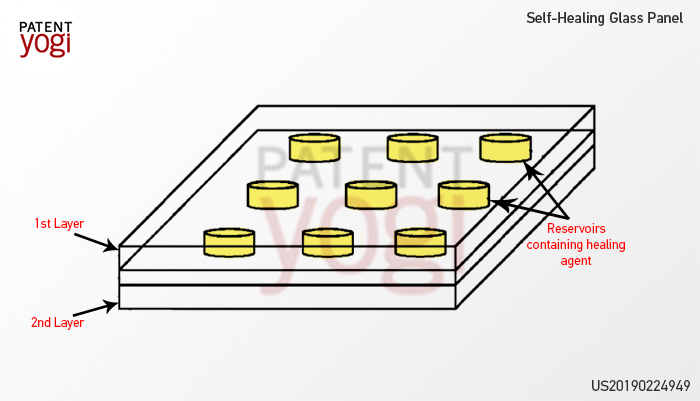
A recent patent publication reveals that Ford has developed a ‘self-healing’ glass panel. As shown in the figure above, the glass panel contains three layers stacked on top of each other and a ‘healing agent’ provided between the first layer and the second layer of glass. When a crack develops, the healing agent moves into the crack site via capillary action and bonds the crack, thereby repairing the glass panel automatically.
2. Disney’s plan to display holograms without a projector (20190243153)

The screens are transparent, so the 2D images displayed on the screens appear like floating holograms. The system does not require any projecting area and does not get affected by the atmospheric conditions in the vicinity.
3. Amazon re-invents smart refrigerators (20190226755)
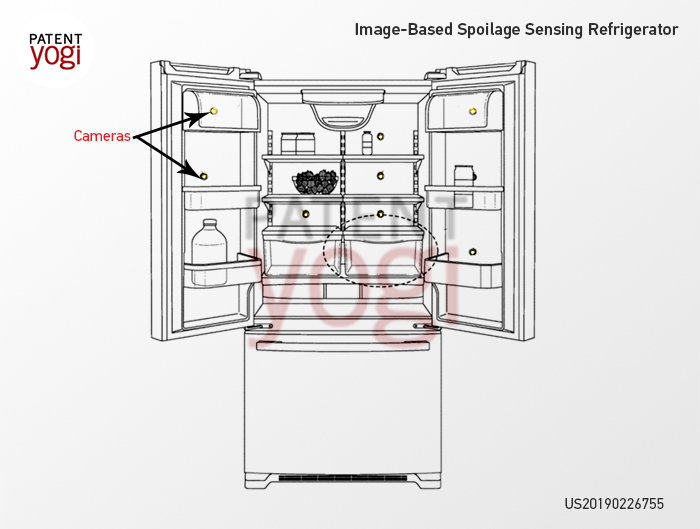
Once spoiled food is detected, the refrigerator will generate an alert to indicate that the food stored in a particular compartment is spoiled and transmit an alert to your mobile devices. This refrigerator might prove to be a lifesaver for people who tend to store their food for long durations in their refrigerator and are oblivious to the food spoilage.
4. Boeing develops technology to prevent jet lag (20190232217)
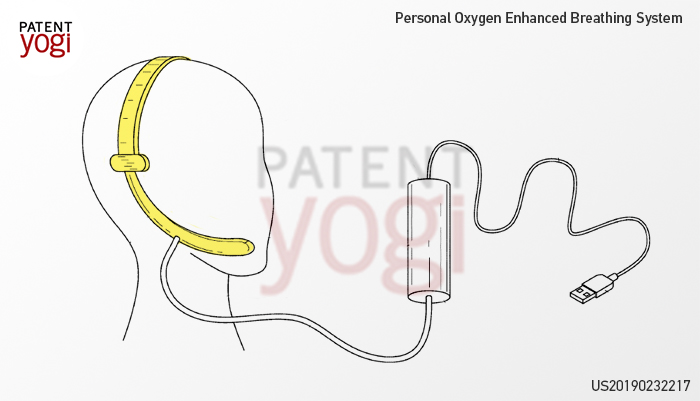
The headset directs the airflow with an enhanced concentration of oxygen in the vicinity of your mouth and nose to assist your breathing. The headset is connected to a gas separation filter that separates and isolates oxygen, which is then pushed out through an outlet of the headset — which should make your journey more pleasant.
5. Microsoft’s new AR to spice up boring presentations (20190232500)
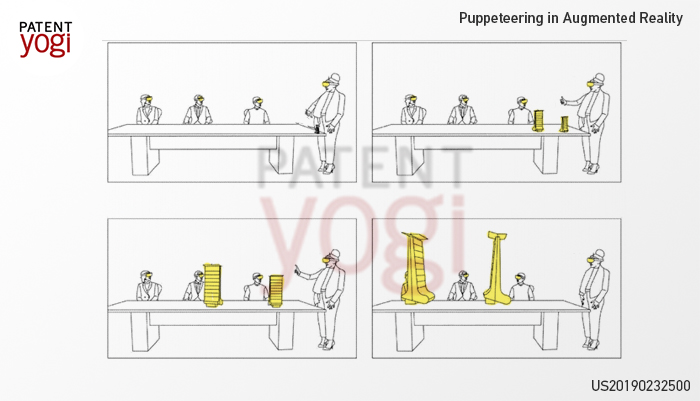
As shown in the figure above, all participants in a presentation, including the presenter, wear a head-mounted display (e.g. Hololens). Then, the presenter shows a 3D model of a virtual object placed on a real desk. The presenter will be able to manipulate the virtual object using his hand gestures and the participants will be able to watch the virtual object moving in real-time. So, the presenter will be able to explain the virtual object in an intuitive way. Hopefully this technology will replace PowerPoint presentations altogether.
Get the TNW newsletter
Get the most important tech news in your inbox each week.
